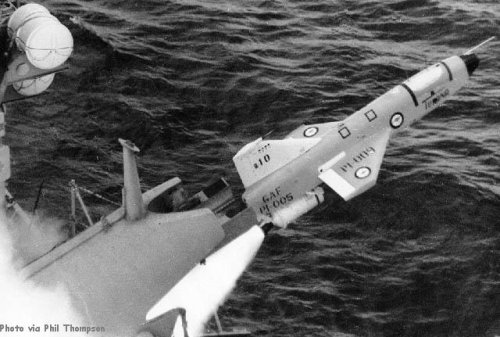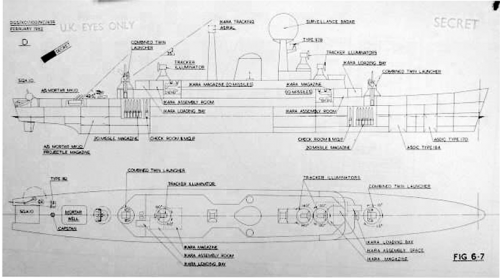- Joined
- 27 September 2006
- Messages
- 6,366
- Reaction score
- 6,709
Thank you to the various contributors for entering into the spirit of what is almost an
online seminar on this subject. I apologise again if my initial thoughts were a bit extreme, but they served to provoke some useful info and comments.
On a minor point, I included the 5 Norwegian frigates because they seem to have a decent enough
anti-air capability (especially when compared with the overloaded Oslo class ships they replace). However good Type 45s prove to be (hence my comparison with the Type 22 Seawolf ships which were also ahead of their contemporaries) a handful is still a handful.
I have given the RN the benefit of the doubt in that it has always had to plan for a spectrum of threats and the force that went to the Falklands in 1982 was the outcome of the previous thirty years of construction.
My reason for comparison with the US Navy is perhaps best illustrated by the Adams class destroyers.
Australia and Germany bought small numbers of these US designed and built ships. Unlike the County class which entered service in the same period, the Adams class remained valid up until the end of the Cold war. One reason seems to me the better design of US launcher systems:
The Seaslug launcher was a botched compromise and worked only for a Seaslug type missile. The Tartar launcher on the Adams could be adapated if necessary to handle new SAMs in the same family and even the Harpoon missile.
Japan loves the ASROC launcher (pepperbox 8 round) so much that some of its ships still carry it. If RN ships had had a similarly flexible weapon/launcher combination instead of the bizarre Ikara or bulky Exocet boxes?
The Knox class frigate is so adaptable that Spain is able to order a SAM equipped version.
I appreciate the US has more money, but isnt some of the UK experience down to a pig-headed desire to build odd looking weapons. Seacat for example is based on an anti-tank missile. How does anyone really expect this weapon to perform after about 1962 against any likely air threat?
I steer clear of electronics, because this is a really specialised area and I know that contributors are much better read on this.
Enjoying the Seminar so far and thanks again!
UK 75
online seminar on this subject. I apologise again if my initial thoughts were a bit extreme, but they served to provoke some useful info and comments.
On a minor point, I included the 5 Norwegian frigates because they seem to have a decent enough
anti-air capability (especially when compared with the overloaded Oslo class ships they replace). However good Type 45s prove to be (hence my comparison with the Type 22 Seawolf ships which were also ahead of their contemporaries) a handful is still a handful.
I have given the RN the benefit of the doubt in that it has always had to plan for a spectrum of threats and the force that went to the Falklands in 1982 was the outcome of the previous thirty years of construction.
My reason for comparison with the US Navy is perhaps best illustrated by the Adams class destroyers.
Australia and Germany bought small numbers of these US designed and built ships. Unlike the County class which entered service in the same period, the Adams class remained valid up until the end of the Cold war. One reason seems to me the better design of US launcher systems:
The Seaslug launcher was a botched compromise and worked only for a Seaslug type missile. The Tartar launcher on the Adams could be adapated if necessary to handle new SAMs in the same family and even the Harpoon missile.
Japan loves the ASROC launcher (pepperbox 8 round) so much that some of its ships still carry it. If RN ships had had a similarly flexible weapon/launcher combination instead of the bizarre Ikara or bulky Exocet boxes?
The Knox class frigate is so adaptable that Spain is able to order a SAM equipped version.
I appreciate the US has more money, but isnt some of the UK experience down to a pig-headed desire to build odd looking weapons. Seacat for example is based on an anti-tank missile. How does anyone really expect this weapon to perform after about 1962 against any likely air threat?
I steer clear of electronics, because this is a really specialised area and I know that contributors are much better read on this.
Enjoying the Seminar so far and thanks again!
UK 75


